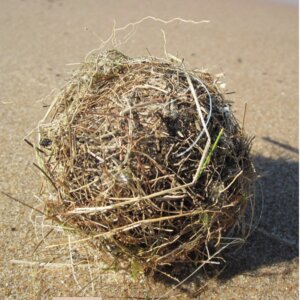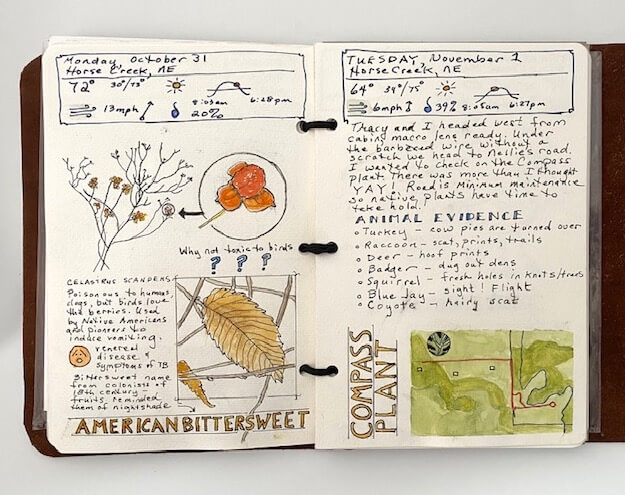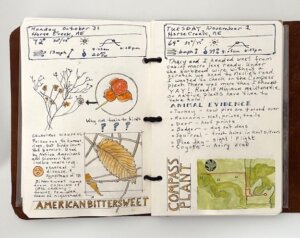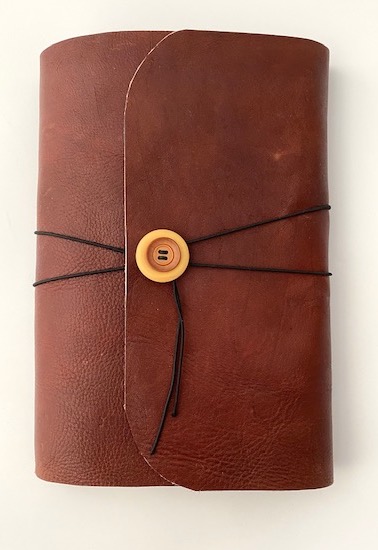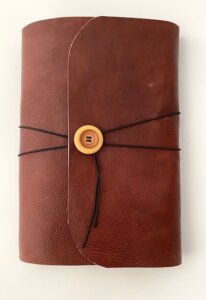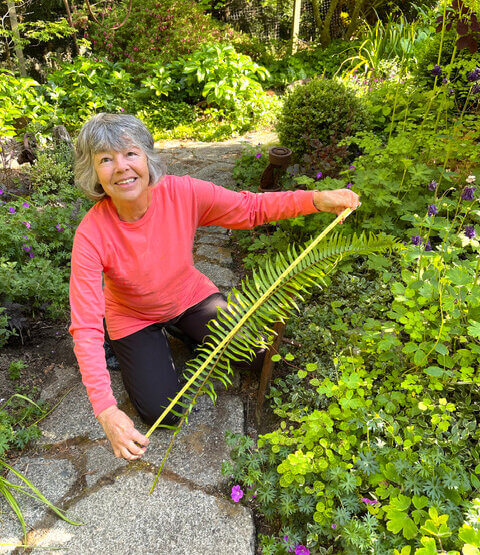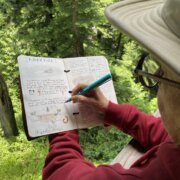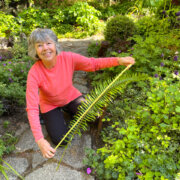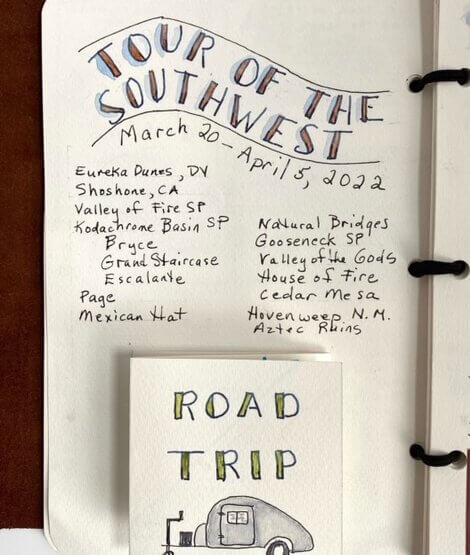WE ARE ALL EARS!
Visitors at the end of our meeting at the Humboldt Bay National Wildlife Refuge – Salmon Creek Unit
Topic of the Day: Using Lettering to Add Interest to Nature Journals
One member’s work shows her new fonts on the left and then
she chose the architect’s font to identify her drawing.
Sharing our latest work is one of the fun parts of our meetings. This wonderful bee is done using colored pencils with the text and drawing done in a fine felt tip pen. Of course, there is that data too!
One member recognized that this pattern could be explained
by the Fibonacci Sequence!
https://ca.pbslearningmedia.org/resource/math_nature/fibonacci-sequence/
A recommendation by a member – a way to learn to draw birds – by Emily Lex
https://shop.emilylex.com/products/birds-watercolor-workbook
Good resource written in 1911. With this free pdf file you can print out just the pages you need:
https://archive.org/details/handbookofnature002506mbp
 These types of books are are great!
These types of books are are great!
LINKS:
1) Gisela brought this really interesting handout to the meeting – this can be our next activity. Scavenger Hunt: Patterns in Nature:
https://forestbathingcentral.com/patterns-in-nature/nature-patterns-scavenger-hunt/
2) Pens for Lettering:
a) Lamy J0y and Fude 55: https://www.lizsteel.com/whats-your-favourite-fountain-pen/
b) Lamy Safari Pen Review: https://nymag.com/strategist/article/lamy-safari-fountain-pen-review.html
c) Pilot Parallel Pens: https://arttoolkit.com/supplies/pilot-parallel-pen/?nib=30mm
d) Pentel Pocket Brush Pen: https://arttoolkit.com/supplies/pentel-brush-pen/
e) Sharpie Brush Pen (This is a thinner brush that I find easier to control than (d):
https://www.youtube.com/watch?v=PvxpzjqhrDA
Love Your Sketchbook Lettering by Danny Gregory (short video):
https://marcthiele.com/links/sketchbook-skool-danny-gregory
Creative Lettering for Nature Journal with John Muir Laws (long video with the wonderful graphic artist from Trader Joe’s:
https://www.youtube.com/watch?v=T3RW-J_przE
I had a wonderful time – thank you everyone for your insights and sharing.

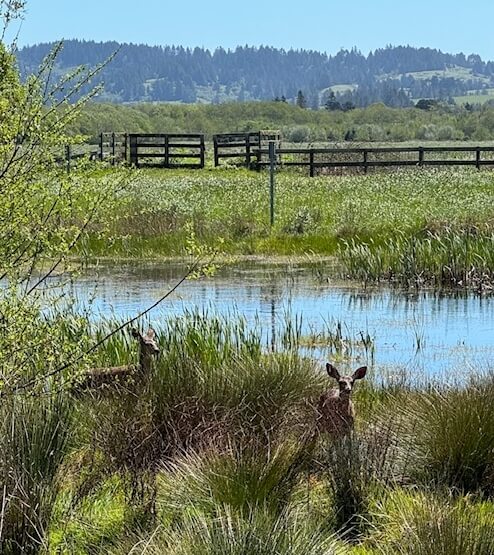

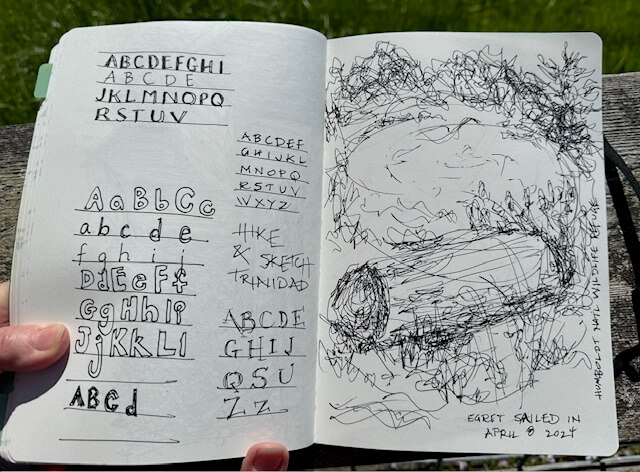


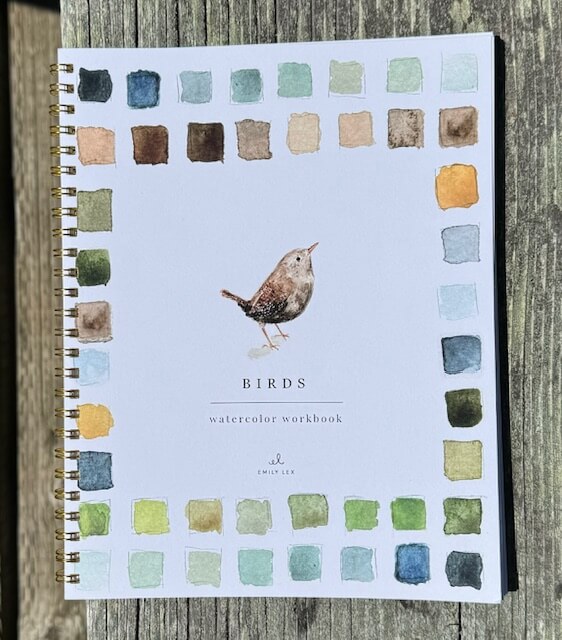
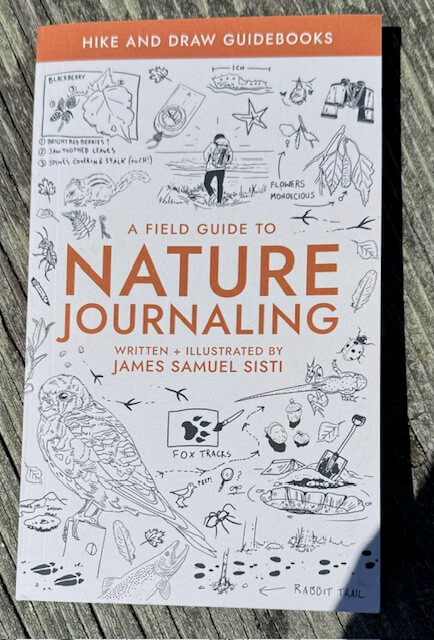
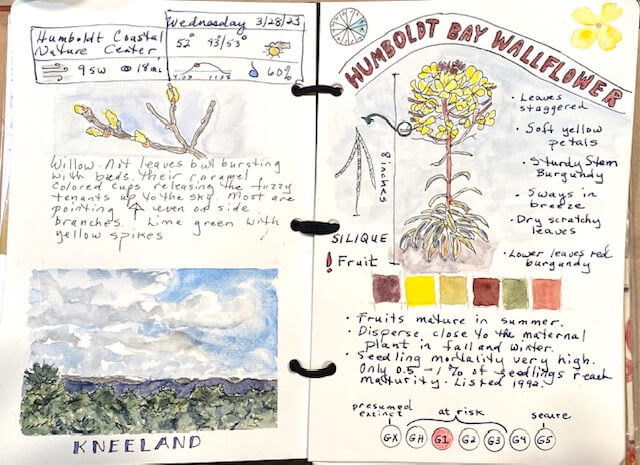

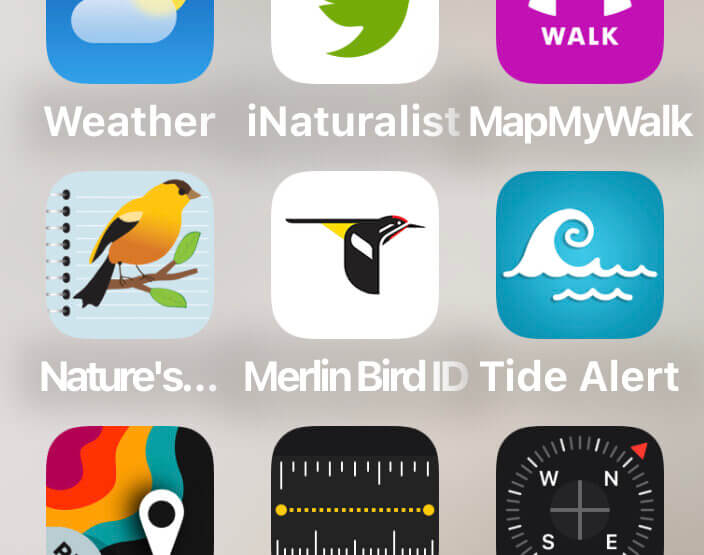
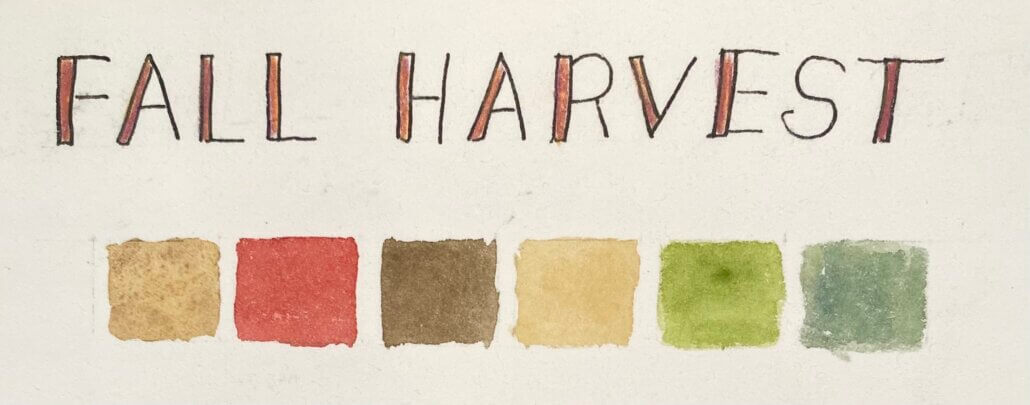
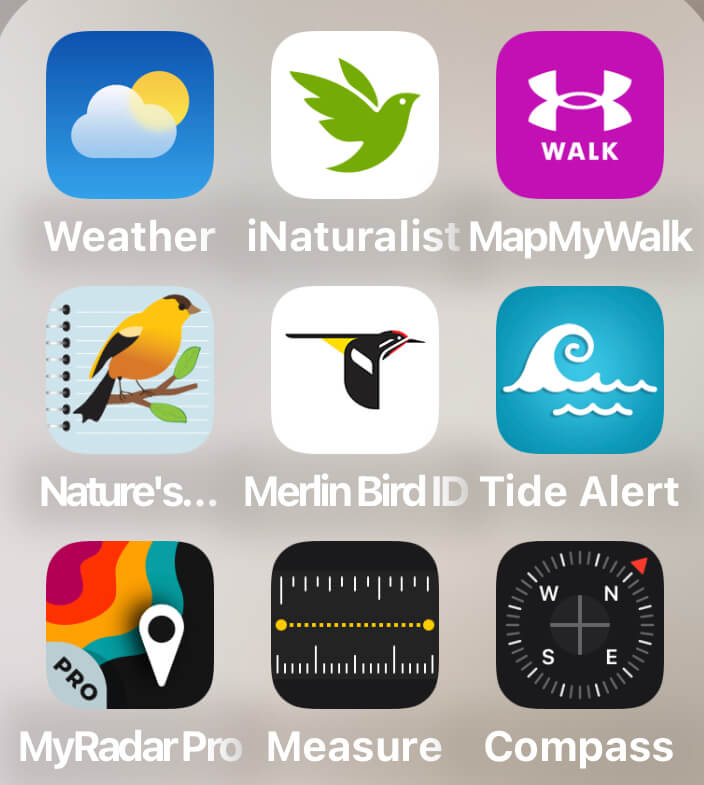
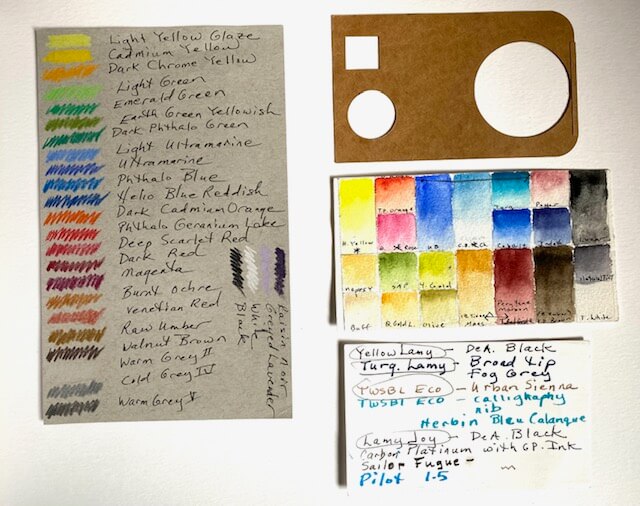
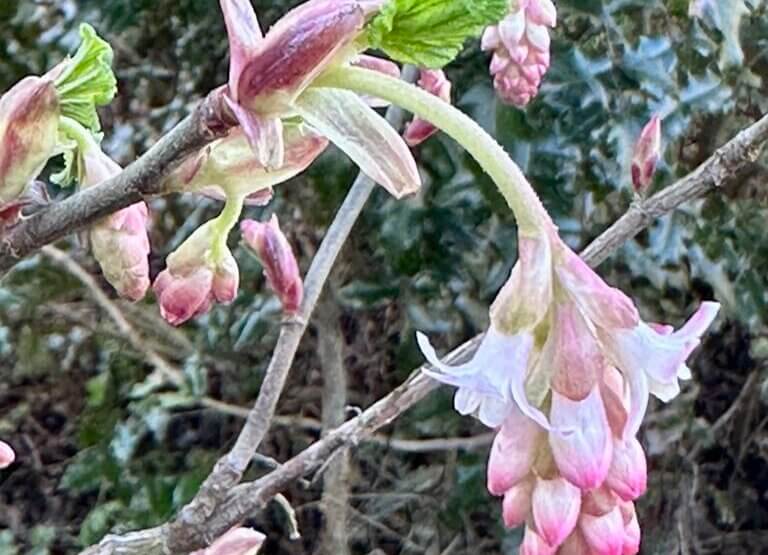
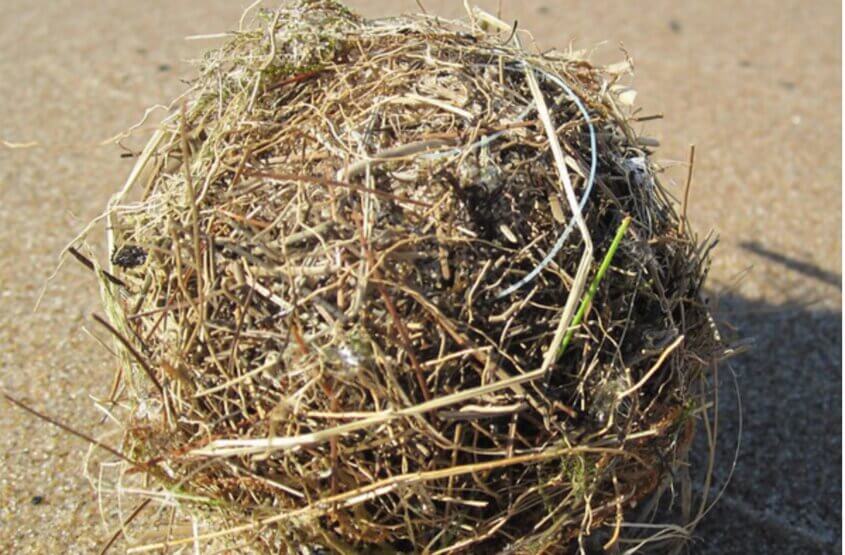 University of Oregon
University of Oregon